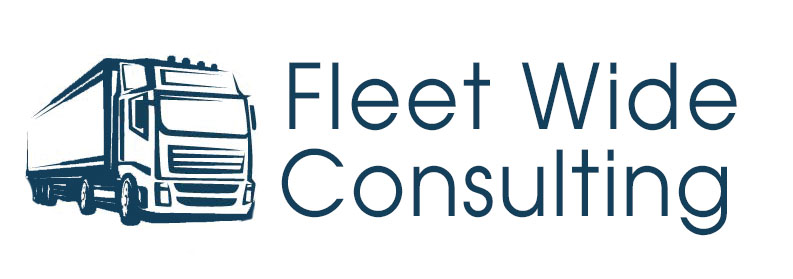How Crashes Affect Your Bottom Line
Crashes are costly, that’s a given. The top-of-mind costs of a crash are the direct costs associated with vehicle or cargo damage, towing, medical costs, administrative costs and potential loss of revenue. But, like an iceberg, there are hidden costs that are not always visible on the surface. The National Safety Council has conducted several studies and found that these hidden costs can be as much as 20 times the direct costs associated with a vehicle crash.
Direct cost or hidden cost aside, crashes will affect your bottom line. But just how much? Consider the following:
Extra administrative work including filing claims, following up on repair quotes, and scheduling and coordinating a replacement shipment.
Leadership time following up with clients with a potential for having to compromise some profit to make up for delays.
Insurance companies evaluate every company’s Experience Modification Rate (EMR) which averages the injury claim costs over a 3-year period and extrapolates the future chances of risk. An average EMR is 1.0, an EMR lower than 1.0 is better than average and a discount is warranted, an EMR greater than 1.0 will result in a surcharge.
PR and reputation management costs have to be accounted for in severe cases.
Employee downtime for medical care as well as the medical costs.
Employee training if a new member of the team will have to be onboarded.
Negative Cycle
A crash can push your organization into a negative cycle where a cash flow problem requires additional revenue to offset the loss.
Below is an example of the Total Loss for a Vehicle Crash cost that came to $12,250:
$2,500 Damage deductible
$900 towing
$3,450 in truck rental “replacement costs” due to 3-weeks of downtime
$3,600 in overtime to other drivers
$1,500 lost in Vehicle’s asset value (quicker vehicle depreciation)
$300 in Fleet Manager time associated with accident investigation & police report response
Now take the Profit Effect into consideration:
The company lost $12,250 from the crash
This company typically makes a 10% Profit margin
$122,500 will be required in Sales to offset the $12,250 loss
This exemplifies the importance of the FMCSA regulations. When we do everything we can to minimize crashes, it adds to business sustainability and safer roadways.
According to the FMCSA, the average cost of a “large truck” crash involving a fatality is $3.6 million. A crash resulting in injuries will cost almost $200,000 per crash, and the average cost of all large truck crashes is roughly $91,000 per crash.
Reducing Your Crash Costs
There’s not much to be done to reduce the cost of a crash once it’s happened, so the best way to reduce your crash costs is to improve safety. You can start by making safety a top priority. Get started with leveraging your fleet data on your journey to fleet safety excellence.

